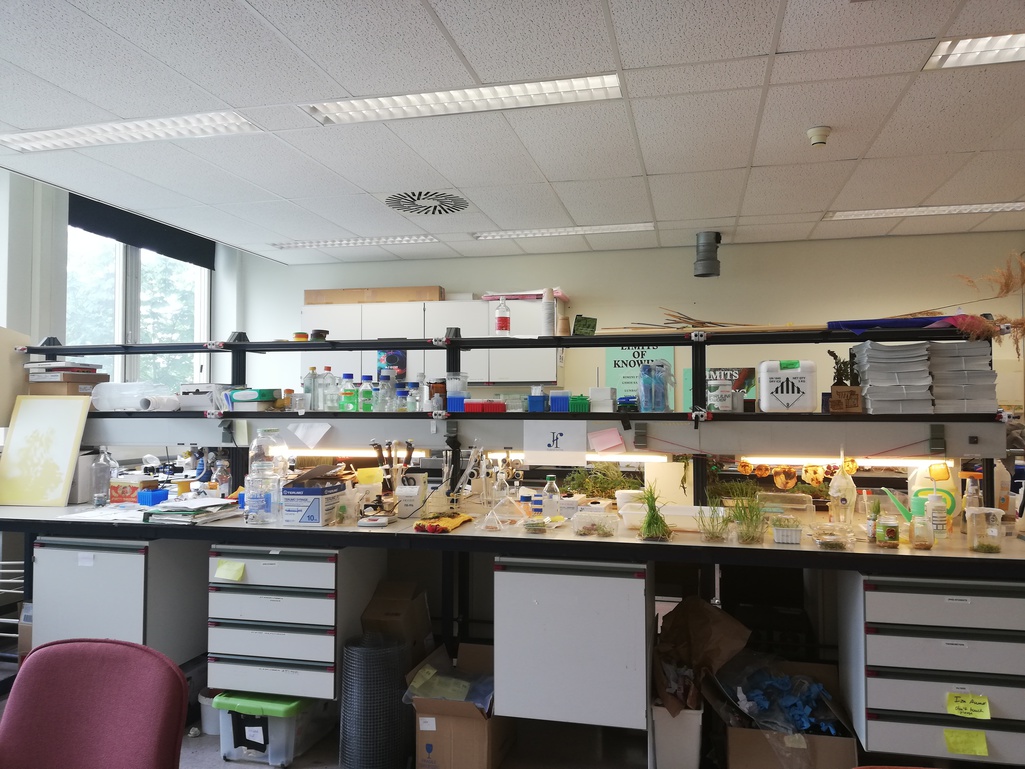- Can you introduce yourself?
As an artist, I am absolutely fascinated by the fact how Nature stands as an example for Science. Nature is my main source of inspiration, and I want to make the invisible visible. My research practice combines art and science, with a keen interest in DIY technologies, material science and biotechnology. My artworks/devices draw upon elements of these 3 scientific fields. I create techno-organic works with a range of digital and traditional media, including live organisms as honeybees and bacteria. My works are contextualized by factual/fictional stories that reflect both the problem and the (possible) solution.
- Can you present your project Sensorial Skin?
Sensorial Skin is a long-term artistic project that started in 2017. It focuses on working with smart, organic, everyday materials that are used to create biosensors. The proof of concept is deployed with ‘the Intelligent Guerrilla Beehive’. This is a custommade bee house that supports honeybee swarms in their fight for survival. At the outside, the Intelligent Beehive is a biosensor where pollution-sensing bacteria visualize the health status of the environment by color indication; at the inside the smart materials from which the hive is made support the bees in keeping up thermoregulation at the core of their nest. Temperature and Humidity are monitored with a sensor, and in the current project we will try to power this sensor with a microbial fuel cell running on algae.
- What do you expect from this residency?
I expect from this residency to learn about and experiment with the versatile possibilities of algae and especially their applications to generate energy in a DIY micobial fuel cell to possibly power a temperature and humidity sensor used for monitoring in the beehive. I also want to research the use of algae as a smart material in art and design in general, and study the possibilities to make fabrics with algae. From the Hybrid Forms Lab I expect technical and biological support in this artistic research, transfer of knowledge and a fine and fruitful art/science collaboration.



